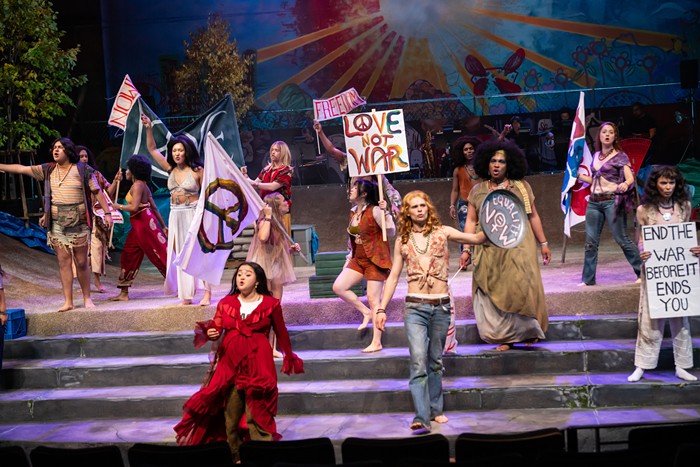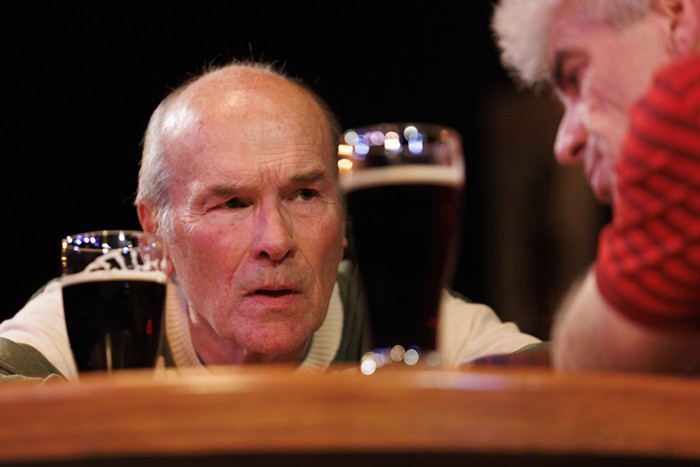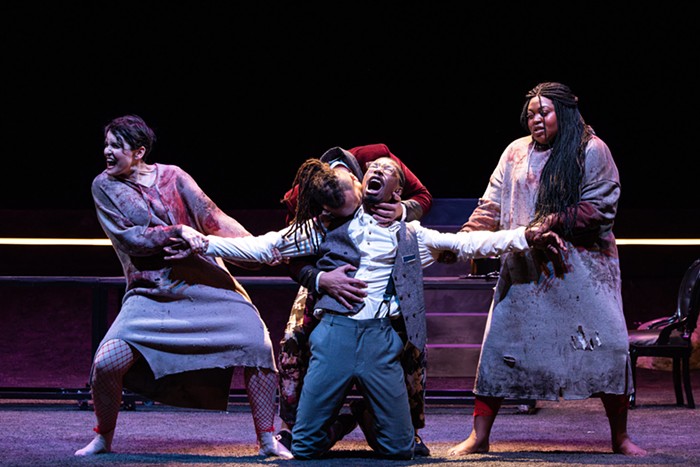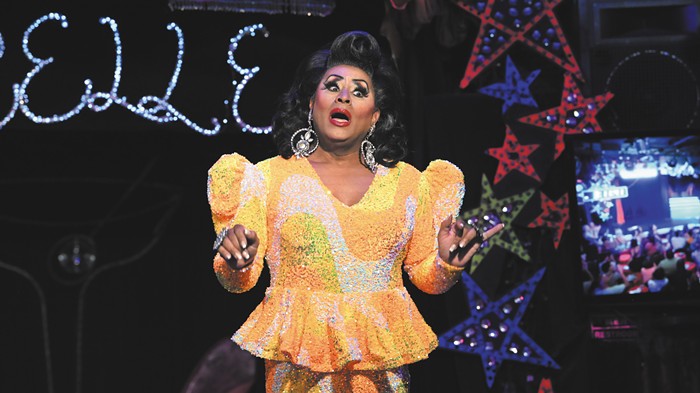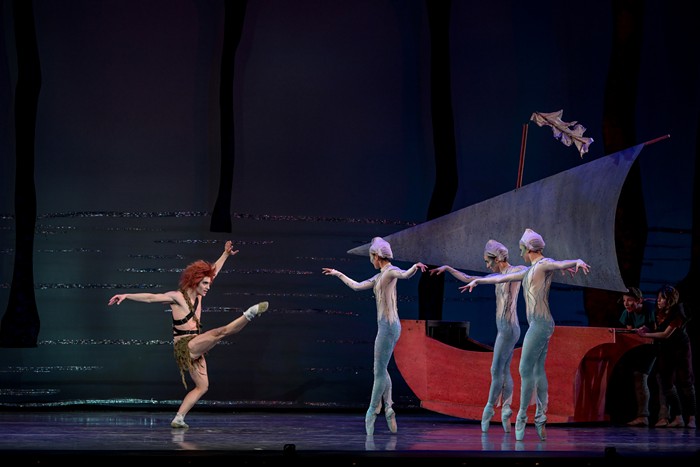
It’s impossible to do anything quietly within the Portland's nearly 130-year-old First Presbyterian Church. Everything inside is made of wood: the pews, the seats, the floors, the doors. And that wood creaks and groans with the slightest shift of your body. Or if you want to leave the sanctuary unobtrusively—after listening to an hour of experimental music on the church’s massive pipe organ, played by composer Kara-Lis Coverdale, as part of PICA's Time Based Art (TBA) Festival.
Coverdale didn’t give those folks much concealment either. Rather than overwhelming with booming drones and huge triumphal swells of sound, she played with the instrument's subtleties and emphasized overtones that emerge when otherwise conflicting notes and chords are played simultaneously.
Her composition, titled “DIAPASON,” was written specifically for First Presbyterian's organ—which was custom built in the '90s from designs first conceived in the 17th Century. It wasn't clear whether Coverdale knew the specifics of the instrument before she arrived in town, but whatever the case, she coaxed some delightfully unusual tones from it.
In the opening section, her left foot held down a pedal that drew out a low throbbing drone, like wind pressure on the ears when driving with a window cracked. She played cycling melodies that shifted and adapted throughout—dropping a note here, adding a few there. They effect sounded synthetic, as if sampled from a Perrey-Kingsley album or Messiaen’s ondes Martenot. The work swung like a slow pendulum between those two poles, with long drones that utilized as many single notes as her fingers could reach, and lighter more fluid segments that combined rather nicely with the noise of traffic and crows outside the church.
Coverdale treated the pipe organ with reverence. She sat down on its wooden bench with care and just as carefully removed her body from it 90-minutes later. Every movement of her hands and arms looked fluid and meticulous. At the same time, she put her whole body into the performance, swaying back and forth or rolling her head and shoulders in response to the smoothly sweeping chords.
The audience (those who stuck around past the 60-minute mark, who were the majority) responded with an equal amount of piety. They leaned forward to rest their heads on the back of the seat in front of them or, in some cases, laid down completely in their own pews, but they were rapt. So much so that, beyond the occasional cough or the whine of wood, it was pin-drop-quiet in the church’s nave. I’m not sure Coverdale was expecting that, and between two movements of “DIAPASON” she sat silently, twisting her hands in circles on the organ’s bench. Was she waiting for applause, or for the audience to give themselves over to coughs and mumbles? Neither arrived, and it lent a quiet tension to those brief moments, which unraveled the moment her hands landed on the keyboard.
We're all over this year's TBA! Keep up with us for reviews and critical impressions at: portlandmercury.com/tba

